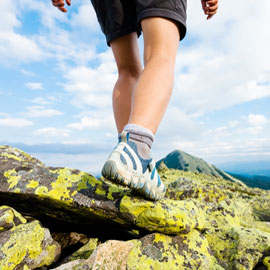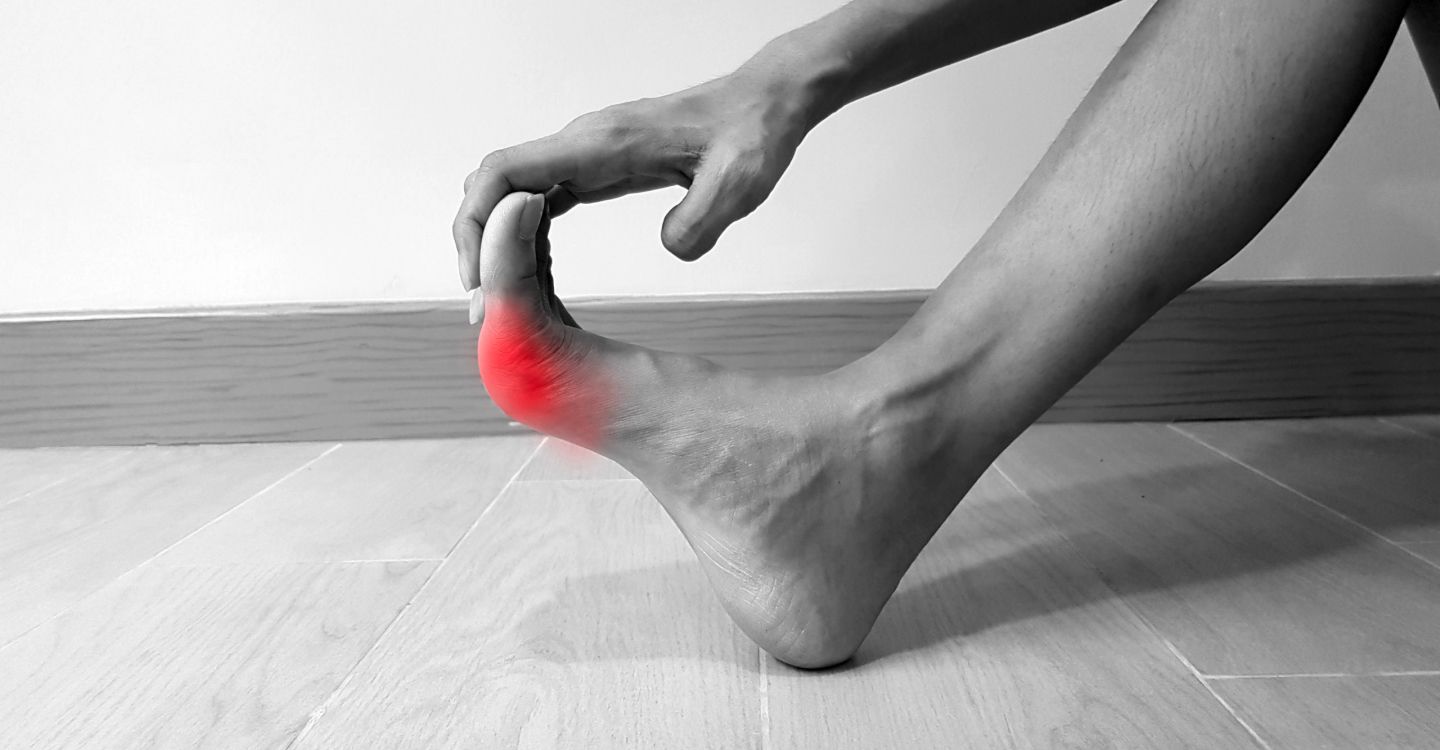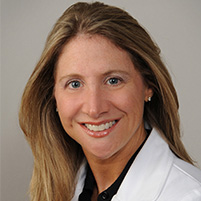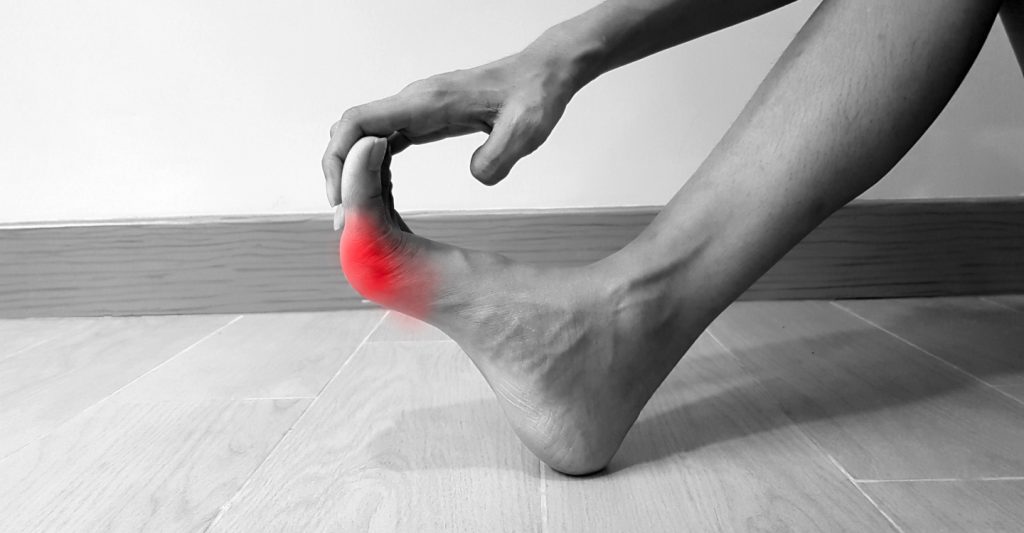
Staying active is prescribed as one of the most beneficial lifestyle changes someone can make to control varicose veins. Considering this, it might not be surprising so many Americans are struggling with this form of vein disease. About one-quarter of Americans have varicose veins, and according to a recent survey published in the American Journal of Preventative Medicine, only five percent of Americans engage in some sort of vigorous activities such as running every day.
Developing a strong workout routine might help reduce your risk of varicose veins, and may even help reduce the severity of existing vein problems. Cardiovascular activities such as walking, running, biking and swimming promote blood circulation and are especially great for treating varicose veins.
However, high-impact activities like running come with their own risks, and can even promote swelling in the legs if you are not careful. Here are a few tips to consider when using exercise to reduce your risk of varicose veins:
- Running is a high-impact activity, but you can lessen the shock into your feet and legs by running on a local trail or at the beach on the sand. If you do run at the beach, be sure to wear rubber-soled shoes to prevent shells from cutting your feet.
- Wear compression stockings while working out. These will further promote blood flow and can reduce the level of fatigue in your legs. Wearing compression stockings while you are not working out can also help in the treatment of varicose veins.
- Keep in touch with your vein doctor about the severity of your condition. If you begin exercising regularly and feel like your legs are swelling or that your varicose veins are becoming worse, contact Dr. Schoenhaus.
Exercising regularly can prevent varicose veins from becoming worse, and may even help prevent them from developing altogether. Exercise enhances blood flow and promotes weight loss, which reduces pressure on the legs and thus further reduces your risk of varicose veins. Even when you aren’t exercising you can take steps to prevent varicose veins, such as elevating your legs and not crossing your legs while sitting. When combined with other treatment methods, exercising regularly may help reduce your varicose veins.



